
The ANC Conservation Corps was founded with the goal of bringing together people who want to make a difference in wildlife habitat preservation. Whether you’re a nature enthusiast or someone looking for a fulfilling way to spend your time, we welcome you to volunteer with us to preserve and enhance the precious forests and meadows of the Nature Center.
The Conservation Corps is on a mission to restore the integrity of our habitats by removing invasive vegetation and nurturing our valuable trees and plants. Our dedicated team is committed to safeguarding the tree canopy, preventing the further encroachment of destructive plants, and reclaiming lost habitats from invasive plants. From cutting down invasive Asiatic Bittersweet vines to clearing out other invasive species, we’re actively working to restore and maintain the health and biodiversity of our beloved landscapes. Click here to sign up!
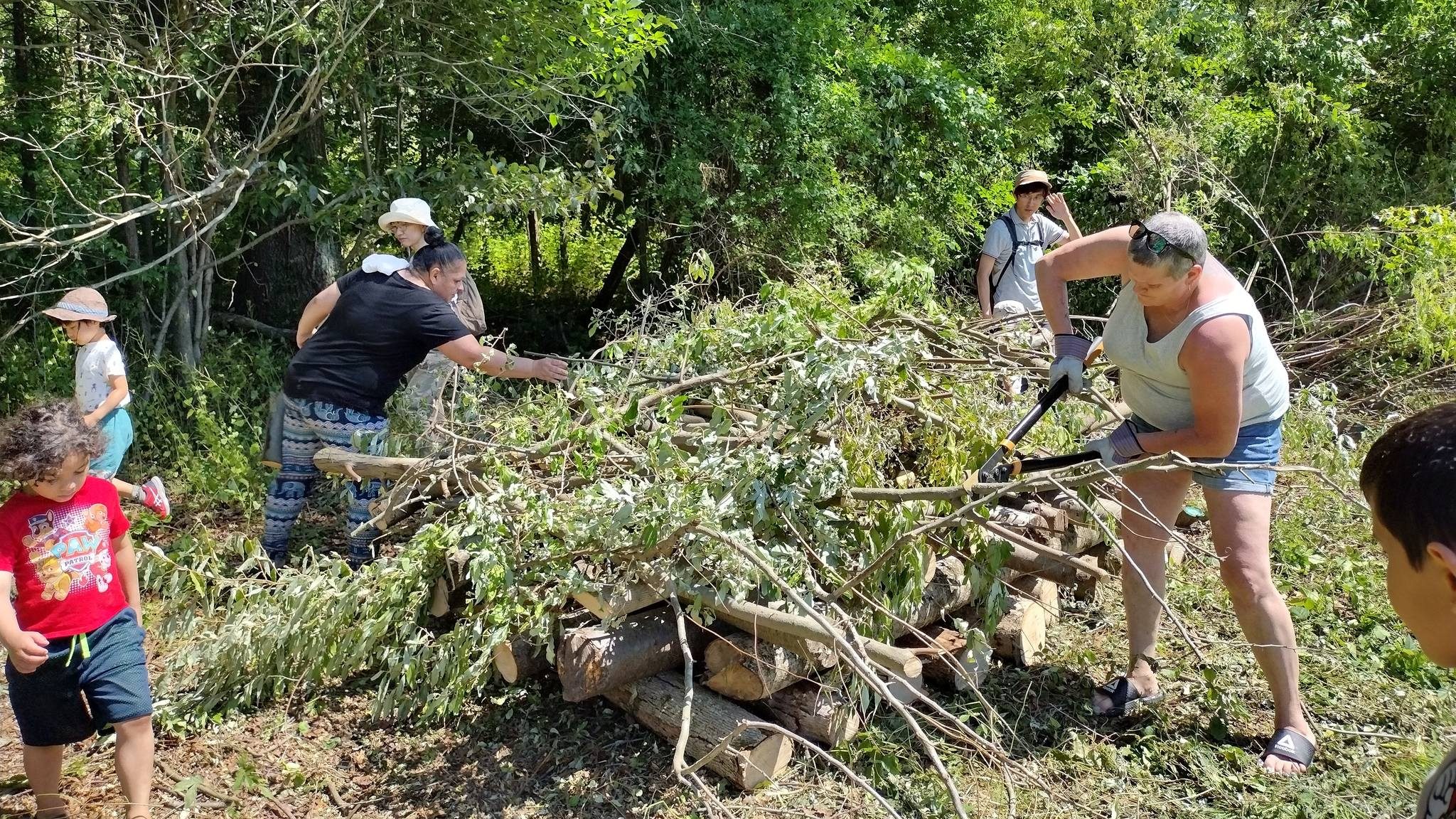
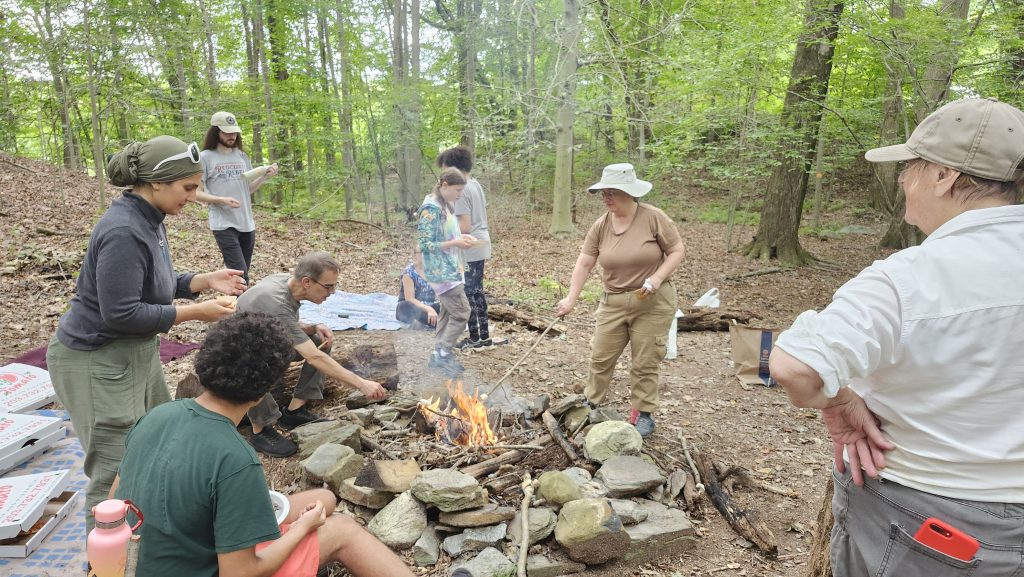

More About Us
Who can join?
Anyone with a passion for making a positive impact on wildlife habitats. Our diverse group of volunteers range in age from 15 to 80 years old (under 18 must be accompanied by an adult). No matter your skill or ability level, we have a job for you!

What to bring?
Water bottle is a must. Work gloves recommended. Wear clothes that can get dirty, dress in layers in cooler weather and broken-in hiking boots. If you have your own: loppers, clippers, etc., you can bring those along! If not, we have a limited number of tools we can loan out.

Where to meet?
The exact meeting place can vary, depending on the current project. You will receive notification about whether to meet at the Redwing Pond House Preschool parking lot (21 Milan Street), or out front of the Nature Center.
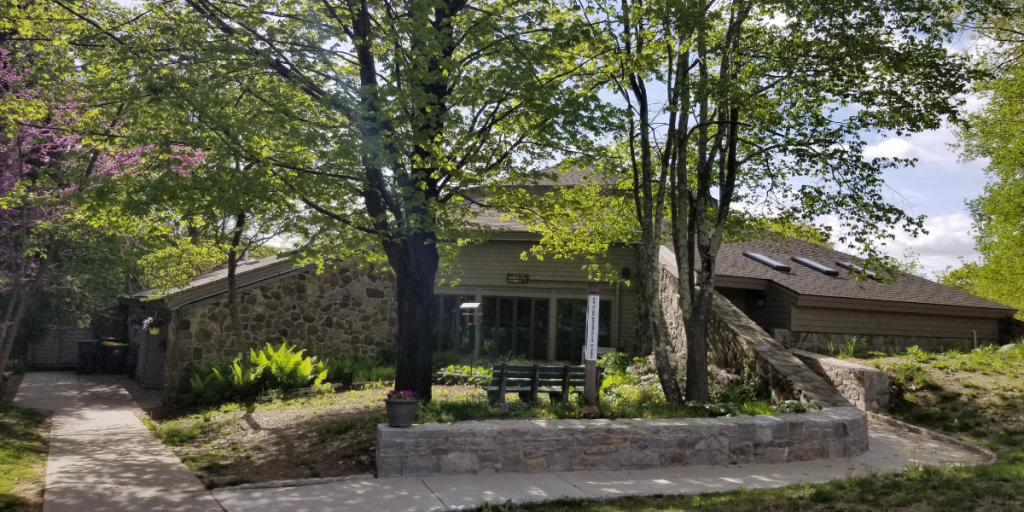
When is it?
CC meets on select weekdays and weekends throughout the year. Click here to see upcoming work days. Most work days begin at 9:30 AM and run for two hours.
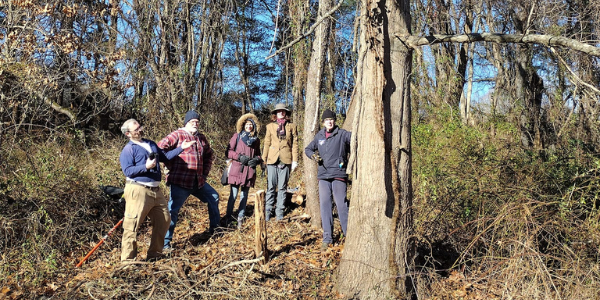
Why join Conservation Corps?
ANC CC is an opportunity to proactively make positive change and take care of the land around us. It is a chance to be part of a team, make friends, and work hard doing something meaningful. It is also something different to do to get outside on your day off. There are many reasons to give Conservation Corps a try today!
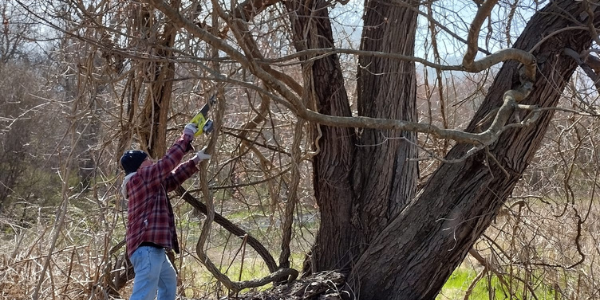
How do I sign up?
Sign up is easy, just click here to be added to our mailing list to be notified of upcoming dates.
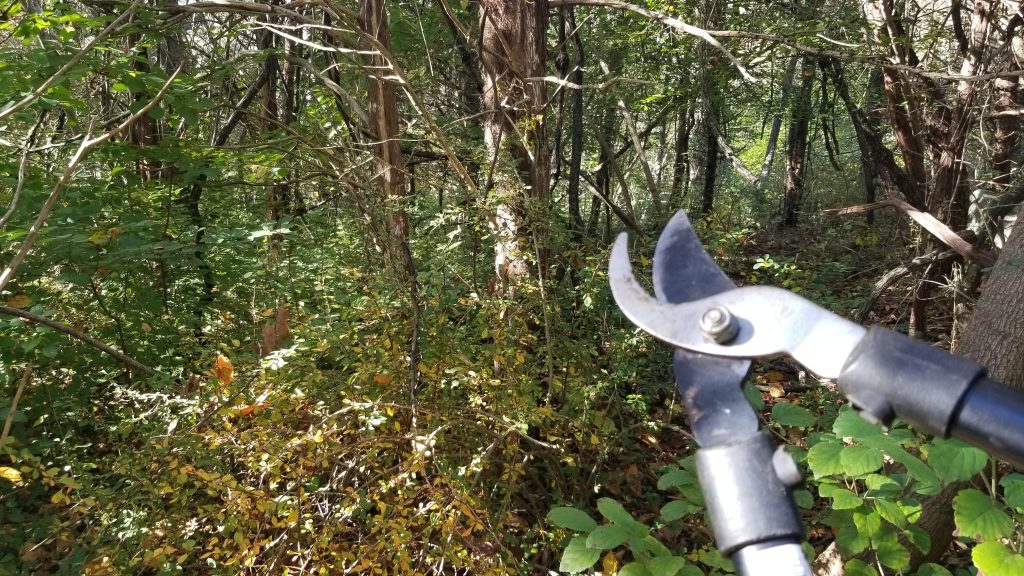
Calling All Companies!
If you’re searching for an immersive volunteer experience that goes beyond the ordinary, consider our one-off conservation outings. Make a real difference while fostering team spirit and contributing to the well-being of our environment. Join us in creating a positive impact on the world around us.
Ask About Our High School Habitat Restoration Mini-Series
Once a season, the Ansonia Nature Center offers a four-week afterschool program for high school students. Join Ranger Maria, ANC Conservation Corps leader and Master Woodland Manager, as students work to restore habitat. Participants will study a small plot of land, analyze the soil and plants, and determine the habitat’s ideal purpose. We’ll remove invasive species and plant native flora and seeds to revitalize the area. Email inquiries to ansnaturectr@ansoniact.org
The Impacts of Invasive Plants
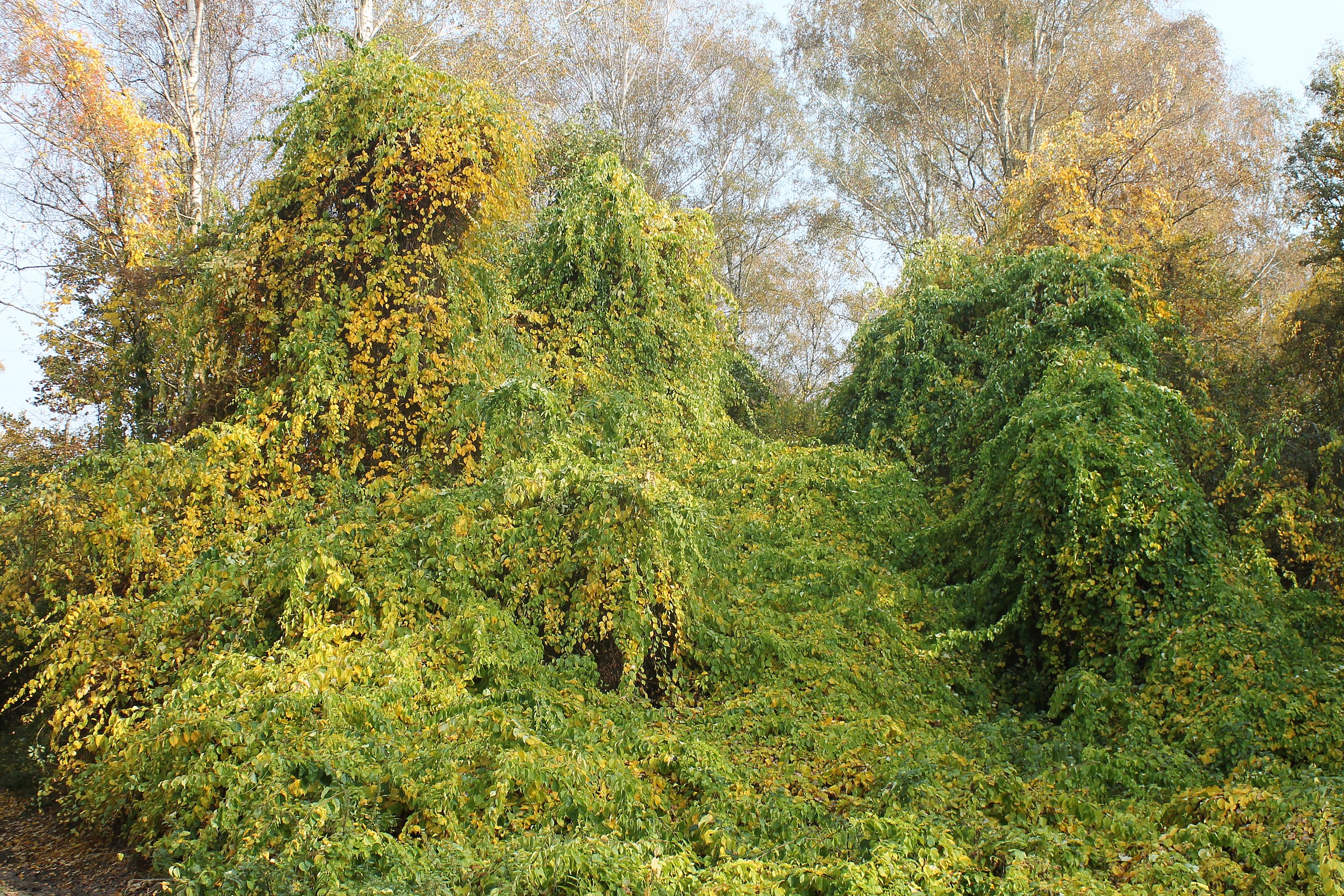
When bittersweet takes over, it really takes over
Why Are Invasive Plants So Bad?
Ever wondered how a seemingly harmless plant could pose a threat to wildlife habitat? Let’s break it down.
Out-Competing Native Plants
Invasive plants are not your average greenery. They possess a unique ability to out-compete native plants, creating a dense carpet or thicket. Picture this: a once-beautiful blueberry woodland understory now transformed into a battleground where invasive species like burning bush and barberry reign supreme. Native plants, like the beloved blueberry bush and high bush cranberry, can not compete in this aggressive environment.
Impact on Wildlife
The impacts extend beyond plants. The dense growth of invasive species has a detrimental effect on wildlife relying on native flora. What used to be a thriving habitat for various creatures is now compromised. The vibrant blueberries, viburnum, raspberries, and spicebush that once were plentiful on the landscape, offering abundant food, are now being crowded out.
No Natural Enemies
In their native homes in lands far away, invasive plants have a host of checks and balances—fungi, insects, and animals—that keep their populations in check. However, they lack these natural enemies when introduced to a new environment. This gives them the upper hand, allowing them to grow unchecked and out-compete the native plants crucial for the well-being of local wildlife.
Protecting Our Ecosystem
Our mission is to counteract this threat by educating and engaging the public in responsible plant management. Join us in preserving the delicate balance of our ecosystems. Volunteer with us today to make a positive impact!

